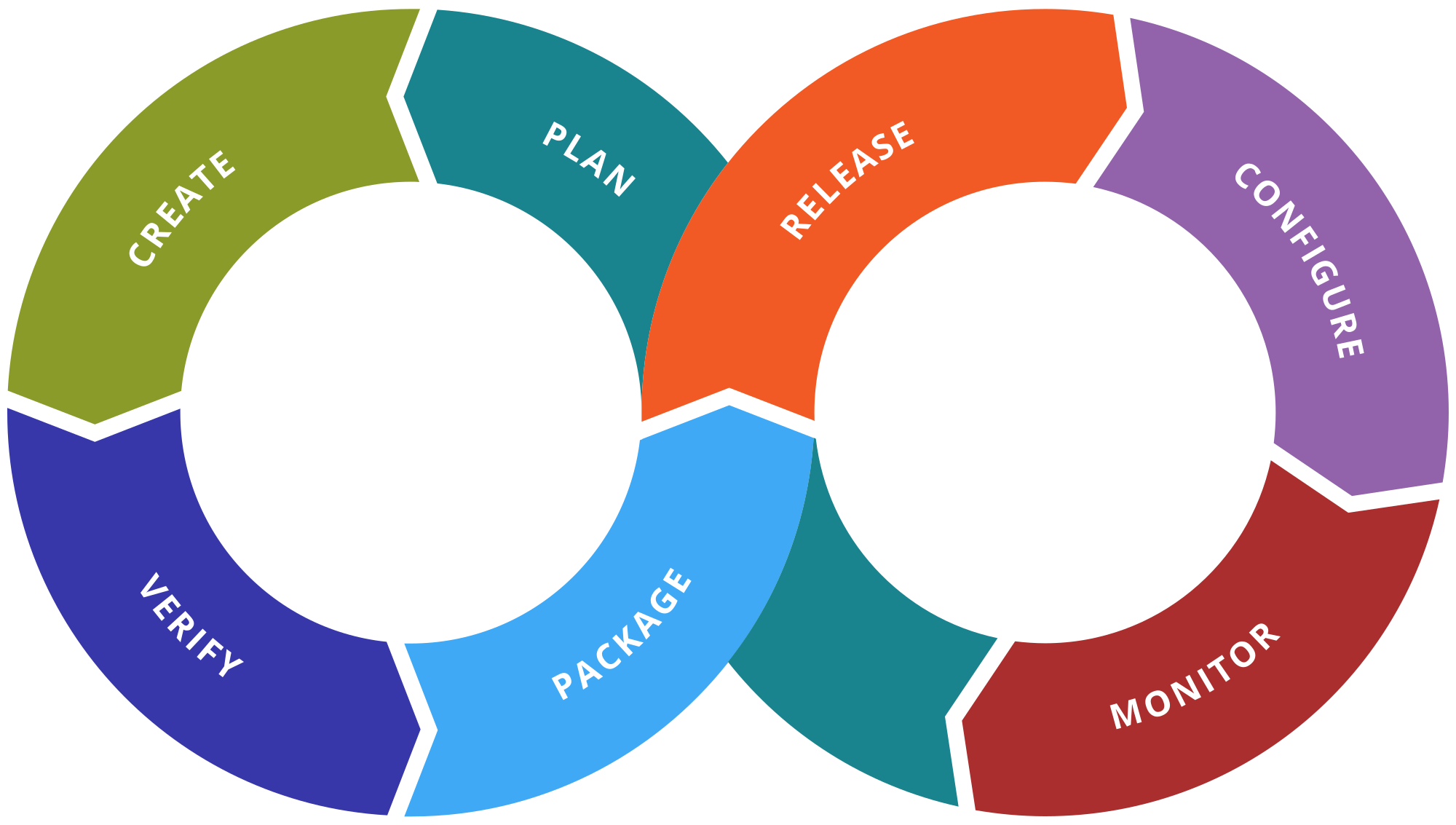“Helm Get” – A Swiss Army Knife For Troubleshooting Helm Deployments
While it would be great if a Helm installation worked every time, you would likely need to troubleshoot from time to time due to the variety of deployment environments and cluster configurations. One of the best ways to start troubleshooting is to inspect what Helm has created for you using the “helm get” subcommands.
Read More






